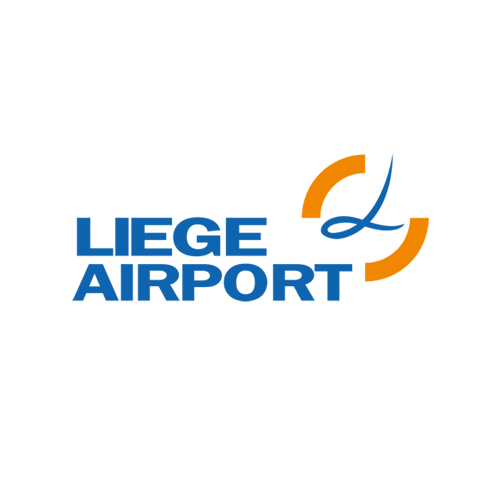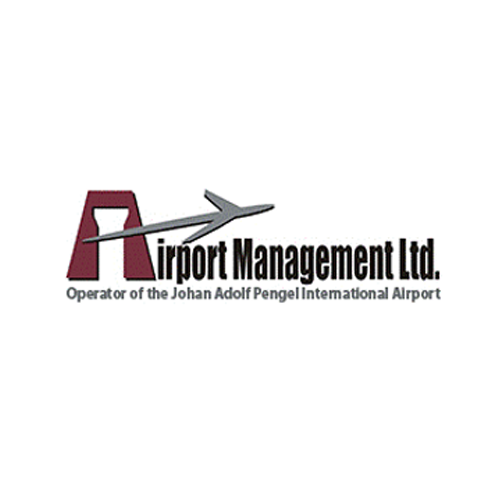Safety
AGL provides increased visibility for the pilot and ground crew, making it easier to land and take off. This allows for greater safety in difficult climatic conditions.
To this end, standards for runway approaches (CAT I, II and III) make it possible to classify the lighting requirements necessary and sufficient for landing.
The CAT I (Standard) makes it possible to descend to a decision height of 200ft and with a minimum horizontal visibility >= 800 m.
CAT II allows you to descend to a decision height of 100ft and with a minimum horizontal visibility of 400 m.
In the event of even more unfavourable visibility conditions, landing is only permitted under very strict conditions, both in terms of ground infrastructure and the equipment on board the aircraft. We will focus on the CAT III standard.
In this context, many airports are equipped with at least one CAT III runway, and therefore, a very strict need for airfield ground lighting.




















